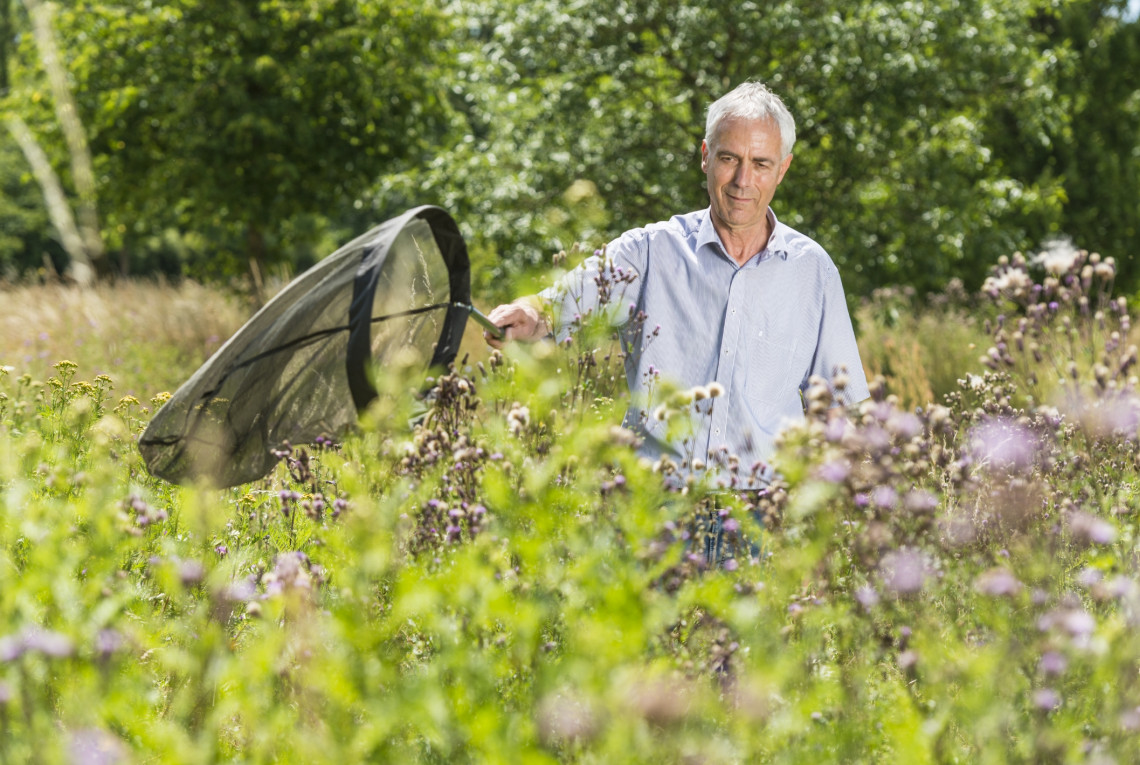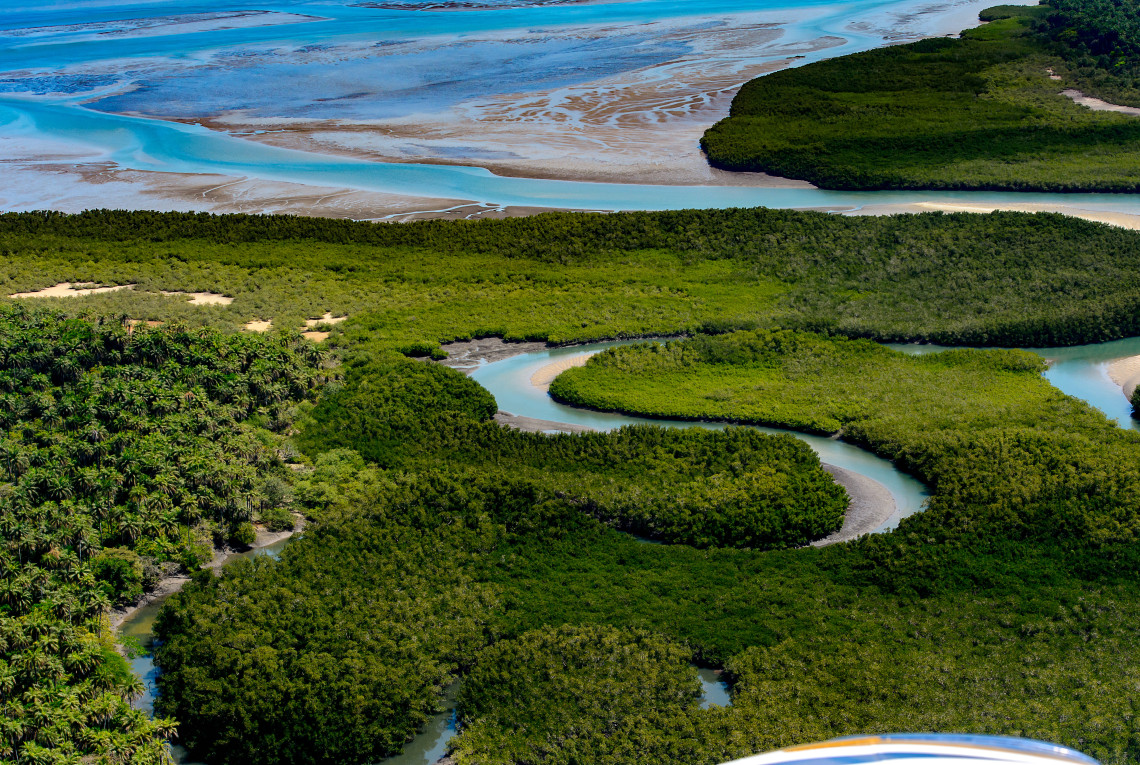Biodiversity and the climate: We need more and bolder measures


From December 7-19, 2022, 196 nations will meet in Montreal to determine a new global biodiversity framework. At issue are wildlife conservation efforts, more areas for nature conservation and spending in the billions. Climate action also hangs on the balance of this agreement. What is needed now is political courage and commitment to binding measures.
Stop global diversity loss, turn 30 percent of the Earth’s surface into declared nature conservation zones, reduce the use of pesticides by two-thirds and invest 500 billion dollars less annually in environmentally harmful subsidies – all by 2030: These and further targets are proposed in the draft Global Biodiversity Framework (GBF), that the 196 countries meeting in Montreal in December shall decide on.
This way, the natural habitats of plants and animals can be protected and biodiversity preserved, humanity can become more aligned with nature and prevent its destruction. The participating countries are all signatories to the United Nations’ Convention on Biological Diversity (CBD). After repeated postponements due to the pandemic, they will now be meeting for the 15th Conference of the Parties (COP 15). The draft that was tabled in Canada lists a total of 21 targets to be achieved by 2030.
Politically in the shadows: Wildlife conservation and biodiversity
While everybody is talking about climate protection, society and politics are paying much less attention to wildlife conservation and biological diversity – although both topics were included in the resolutions adopted by the United Nations Conference on Environment and Development in Rio de Janeiro in 1992. For example, in contrast to the last Climate Change Conference held in Egypt in November, no heads of state and government are anticipated to be attending the one in Montreal. The plan is for the environment ministers to make resolutions during their negotiations from December 15-17, 2022.
This prioritization does not do justice to the issue, given that protecting biodiversity contributes to achieving climate protection. “Although ecosystems cannot protect us from climate change – the rapid reduction in greenhouse gas emissions has the uppermost priority here,” says Almut Arneth of the Institute of Meteorology and Climate Research at the Karlsruhe Institute of Technology (KIT). “But biodiversity and climate are closely linked. Climate change is a major driving force behind the loss of biodiversity. Particularly productive and carbon-rich ecosystems like tropical forests, savannas or wetlands show a high degree of biodiversity and, when destroyed, release a particularly large amount of carbon dioxide into the environment. On the other hand, by protecting natural ecosystems, we both generate and preserve their restoration, thereby also giving added value for our climate.”
Biodiversity and species diversity are pivotal to climate action
These interrelationships are also cited in the report titled “Biodiversity and climate change.” Published in the summer of 2021, it was written by experts on the Intergovernmental Panel on Climate Change (IPCC) and the Intergovernmental Science-Policy Platform on Biodiversity and Ecosystem Services (IPBES) and to which Arneth contributed as well. In addition, an international scientific working group analyzed a total of 21 targets from the draft for the COP 15 agreement. They determined that two-thirds of them would help further climate action – for example, because intact land- and water-based ecosystems both can store carbon.
Related links
The situation is dire
“The COP 15 draft calling for 30 percent of protected areas in the oceans is not only of major significance for biodiversity, but also for protecting our climate,” says Ute Jacob Liaison for Science and Conservation at the Helmholtz Institute for Functional Marine Biodiversity at the University of Oldenburg (HIFMB). She is co-author of the Global Assessment Report on Biodiversity and Ecosystem Services. The report paints out a dire picture: Among other things, it estimates the number of species facing the threat of extinction at around eight million. As much as 75 percent of the land surface and 66 percent of the marine areas have sustained change caused by human activity; over 85 percent of the planet's wetlands have been lost over the past 300 years. Compared to the pre-industrial age, the forested areas throughout the world have been diminished by one third.
Everything hinges on financial equalization
However, these are developments inequitably distributed. Most of these still intact areas are located in the less industrialized countries of what is called the Global South, whereas one can hardly find any untouched nature in rich countries like Germany. While the EU countries are expressing their strong commitment for Montreal, among other goals, to preserving the protected areas on land and sea, those poorer countries where most of these areas are located are demanding economic equalization to achieve this preservation.
This issue of financing may prove to be at the crux of CBD-COP 15’s success. In September 2022, the German Federal Chancellor Olaf Scholz (SPD) tried to send a positive signal by announcing that Germany would make 1.5 billion euros available annually up to 2025. However, this amount is still just a drop in the bucket. Indeed, the draft agreement states that 700 billion dollars are needed annually to achieve the 21 targets, and envisions the following: raising this gigantic sum through equalization payments and by cutting back on environmentally harmful subsidies to the tune of around 500 billion dollars.
Previous targets not yet met either
Will the parties manage to adopt and successfully implement the agreement? Experience with its predecessor leaves room for doubt. As early as 2010, the CBD countries met in the Japanese city of Nagoya and agreed on 20 targets – called the Aichi targets – by setting out strategic goals for saving biodiversity. Not a single one has been achieved so far. That is why the draft of the new agreement contains clauses for their implementation. The countries should draw up national implementation plans and discuss them at the next conference, COP 16. The big question is whether this procedure will be even adopted – and what effect it can actually have.
Observers are looking at this conference with concern. “It appears like things will end up like the last time – that the target catalog will only be accepted as an annex to a decision. Meaning that it is entirely without any legally binding effect or consequences that would be imminent if this fails,” says Yves Zinngrebe, research fellow at the Helmholtz Centre for Environmental Research (UFZ), advisor to the German government and member of the Biodiversity Network Forum in Germany (NeFo), which is monitoring the COP 15 process. “What is missing is for the issue to start picking up political momentum,” says Zinngrebe, hoping: “That someone out there will show leadership, table concrete measures for implementing the targets and tie them to potential consequences – e.g., in sectors like trade or cooperation projects.”


